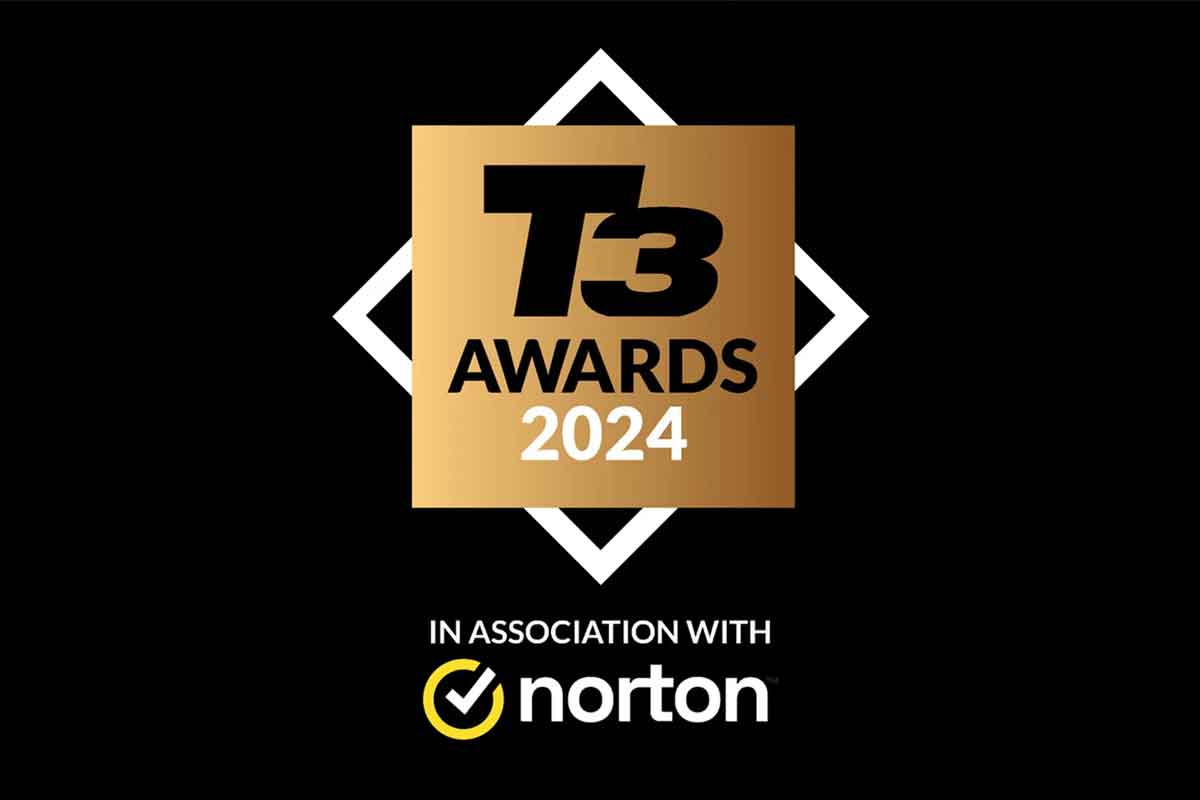In the world of timekeeping, very few innovations have had as profound an impact as the GMT watch. Born out of the necessity for accurate timekeeping in aviation, GMT watches have evolved from specialised tools for pilots to key accessories for travellers and watch enthusiasts alike. In this journal entry, we travel through the history and evolution of GMT watches, exploring their origins, iconic models and their enduring appeal. But before we do so, we must understand what a GMT watch is.
A GMT (referencing Greenwich Mean Time) is a watch that can track times across different time zones. Unlike your typical watch that shows only your local time, a GMT can display multiple time zones; some will show two while others, including the Marloe GMT, can track three.
So, why the need for tracking multiple time zones, I hear you ask... Well, it’s particularly useful for people who frequently journey across these zones - whether for business or leisure, having the ability to view local and 'home' times at a glance can help you stay organised, avoid jet lag and coordinate schedules more efficiently. For me personally, although I don't journey across time zones as much as I'd like to, I do have family in Dubai and Australia, so I can simply glance at my wrist to see if it’s a socially acceptable time to call or message them. I imagine more consummate professionals than myself use it for similar reasons, but to communicate with offices internationally, rather than send memes.
Born Out of Necessity
The story of GMT watches begins 70 years ago in the mid-20th century, when the aviation industry was experiencing rapid growth and air routes became longer and more complex. Pilots needed a reliable way to track time across multiple time zones to aid coordination of schedules and communication with ground control and other aircraft during long-distance flights. In response to this demand, watchmakers developed the first GMT watches, equipped with an additional hour hand and a rotating bezel to track a second time zone.

It was a brand called Glycine who first developed this innovative timepiece, although this initial creation was a little different to what we commonly see today, in that it featured a 24-hour dial in addition to a 24-hour bezel, thus giving the wearer the ability to set two time zones. The GMT as we know and appreciate today was first created by Rolex.
Pioneering Models: Icons of the GMT World
Among the most iconic GMT watches is the Rolex GMT-Master, introduced in 1955 in collaboration with Pan American Airways. With its distinctive red and blue "Pepsi" bezel and robust construction, the GMT-Master quickly became the watch of choice for pilots and frequent travellers. Watch geeks out there will know that the GMT-Master was an adaptation of the popular and also iconic Submariner, which was produced in 1953.
Similarly, the Omega Seamaster GMT, launched in the 1990s, cemented its place in horological history with its innovative design and precision timekeeping.
Modern GMT Watches
As air travel became more accessible, GMT watches transitioned from niche tools for pilots to mainstream accessories for travellers and professionals. Advances in technology, such as the introduction of automatic movements and ceramic bezels, made GMT watches more reliable and durable than ever before. Today, GMT watches are prized for their versatility, combining functionality with timeless style and heritage appeal.
While Rolex, Omega, and Breitling are renowned for their craftsmanship and heritage, they come with hefty price tags. The Marloe GMT offers a compelling alternative by combining everyday reliability with affordability, making quality GMT watches accessible to a broader audience.
One of the many standout features of our GMT watch is the use of the Miyota 9075 movement, which is a true GMT movement. Unlike some traditional brands that utilise modified movements or complications, the Miyota 9075 is specifically designed for GMT functionality, ensuring accurate and reliable multiple time zone tracking. Gordon, our co-founder and watch designer, wrote a journal piece that covers the more technical side of our GMT.
GMT Watches in Popular Culture

Beyond their practical utility, GMT watches have also made a significant impact in popular culture. From James Bond sporting a GMT-Master in Goldfinger to Marlon Brando’s Customised Rolex GMT that he wore on the set of 1979 peerless Apocalypse, these timepieces have become synonymous with adventure, sophistication and reliability. Their presence in movies, literature and media has only enhanced the ‘want’ factor.
The history and evolution of GMT watches are a testament to the ingenuity and craftsmanship of watchmakers throughout the decades. From their humble beginnings as tools for aviation to their status as indispensable accessories for travellers, GMT watches have stood the test of time.
Ready to take off on your own journey with a GMT watch? Explore our GMT Collection and discover the perfect timepiece to accompany you on your travels.
We're also excited to announce that our GMT has been shortlisted for T3’s 2024 ‘Best Watch’ award - so watch this space!



2 comments
Pussy Galore wore the GMT Master in Goldfinger
It seems you forgot a historic GMT watch, one which flew on fighter jets and to the moon with Apollo : the Bulova Accutron Astronaut. A sleek 38mm, crown-less and alomost lug-less design, and to me as timeless if not as bulky and “bling” as the Swiss big names. NB: there were some B. Astronauts made in Swiss, though.